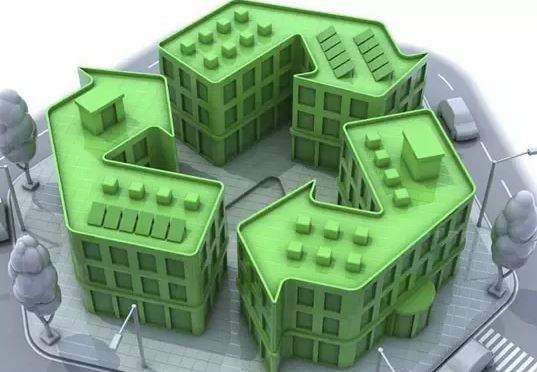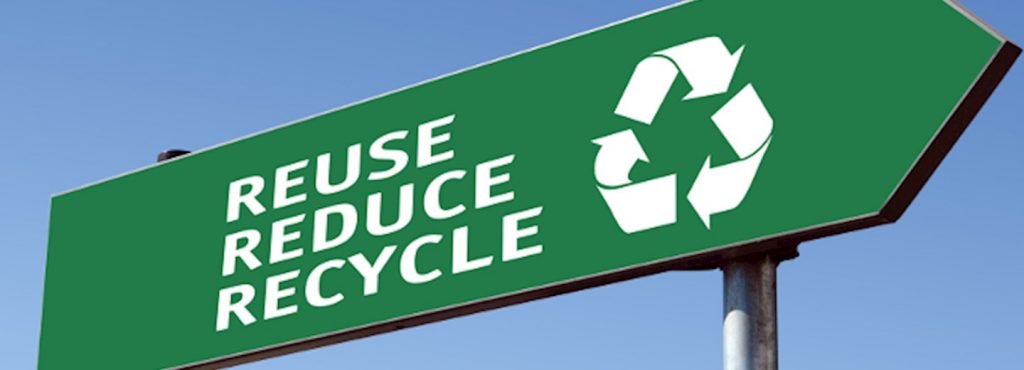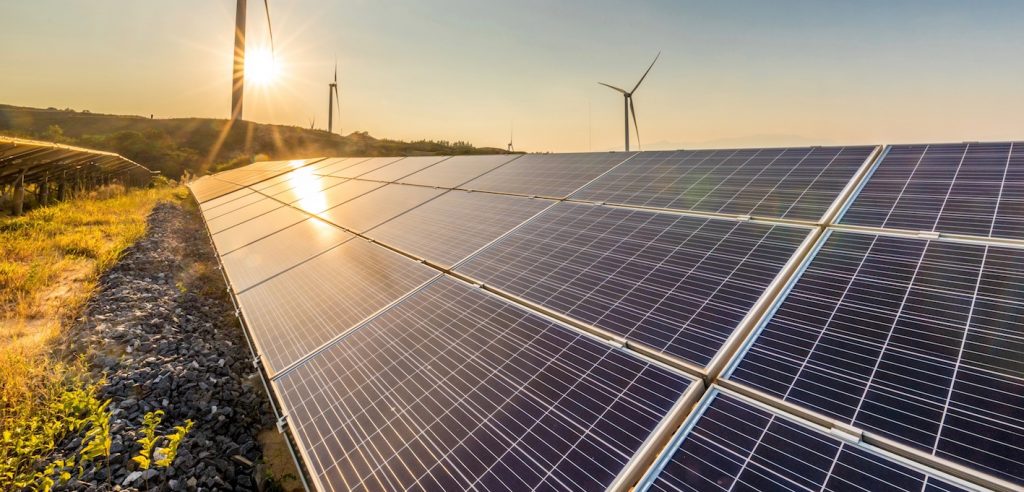It’s no secret that there is a world-wide issue with greenhouse gases and CO2 emissions. According to stats, energy consumption over a large range of sectors – including transport, construction, heating and production – is the biggest source of human-caused greenhouse gas emissions, contributing to 73% of the global carbon output. Currently, heavy industry (cement, steel and chemicals) and heavy-duty transport account for around 30% of global CO2 emissions worldwide.
What is decarbonisation?

Decarbonisation is the term used for the process of removing and/or reducing the CO2 output of a countries economy, usually done by reducing the levels of CO2 emitted across the active industries within that economy, achieving a lower output of greenhouse gasses into the atmosphere.
The global carbon output has been a concern for a number of years now, as the gasses emitted have a greenhouse effect on the atmosphere, causing them to become trapped and in turn increase the global temperature.
There are a number of greenhouse gasses that contribute to global warming, however CO2 is the most prevalent. As of 2018, carbon levels were the highest they have been in over 800,000 years! Currently, the UK alone generates around 200 million tonnes of waste each year, with the construction industry contributing around 60% of that.
The UK is committed through the Climate Change Act to reduce CO2 emissions to 80% of their 1990 levels by the year 2050. This will be done through 5 year ‘carbon-budgets’ that will gradually decrease the emissions of CO2.
How does the construction industry contribute to CO2 emissions?

There are various direct uses of carbon dioxide within the construction industry. Firstly, CO2 is one of the most commonly used compressed gasses for pneumatic systems in portable pressure tools that are ever-present within the construction industry.
Secondly, MIG/MAG welding uses CO2 as an atmosphere, as a means of shielding the weld puddle from the surrounding air and oxidizing. When combined with argon, a higher welding rate can be achieved which often reduces the need for post-welding treatment. In manufacturing casting moulds, carbon dioxide helps to ensure their hardness and rigidity.
However, there are a considerable number of emissions that are put into the environment from the building and then the maintenance of structures. According to Technology Strategy Board, the construction, operation and maintenance of the built environment accounts for 45% of total UK CO2 emissions. Around 27% is from domestic buildings and around 18% from non-domestic buildings.
What can the industry do to reduce carbon emissions?
In order to meet emissions targets, the construction industry has begun to adopt various strategies to reduce the level of CO2 that is produced. We have put together a few examples below on how the industry can help to achieve decarbonisation across the sector.
Sustainable materials

Simply replacing high emission materials with lower emission alternatives can help to bring down the carbon footprint of the construction industry. This can be easily done by choosing sustainable timber as a primary building material rather than high-emission materials like structural steel and concrete.
The increase in the demand for timber in construction will result in the growth of more trees that absorb carbon from the atmosphere. According to studies, we are currently using more concrete, steel and other carbon-intensive materials than we need to. A 2014 Cambridge University study found that on average, buildings are carrying only half of the load they were originally designed for. Meaning that more material is being used than what’s really needed.
Opt for low emission machinery

Choosing low-emission machinery could play a major contribution in bringing down the construction industries emissions. Electric vehicles and biofuels are readily available today and are pivotal in reduction the CO2 output from heavy plant equipment. Leading manufacturers such as Caterpillar, Bomag and Volvo are paving the way by designing low-emission construction machinery with electric diggers, rollers and much more.
Waste management

Reduce, Reuse and Recycle – the ‘three R’s’ is an important hierarchy used to cut waste in construction, helping to reduce CO2 emissions.
Many construction projects end up with excess waste materials due to ordering too much before the project starts, which emphasises the need for accurate estimating and having effective procedures in place to reuse materials on other projects. By doing such, this will accelerate progress to a circular economy.
Recycling building materials and components
At present, all construction and demolition waste (including bricks, wood, glass, plastic, gypsum, metal, asbestos and solvents) are disposed of with no recyclable material, with this contributing to around 30% of all waste generated in the EU.
In order to reduce waste and cut emissions caused by the mining and manufacturing of these materials, it would be a great starting point for the industry to recycle and reuse these materials in future projects. By doing such, this would generate a huge impact on the industry, and buildings would need to be designed so that they are easier to dismantle. According to studies, recycling 11% of construction materials could lead to an over all reduction by 2% of the industry’s CO2 output.
Source green energy

Another way to reduce carbon emissions is by purchasing and using renewable energy sources for offices and plants. This can be done by either generating local energy with on-site generation, or large scale solar or wind solutions can be used. Solar, wind, hydroelectric and geothermal energies are all being explored and utilised across the industry.
